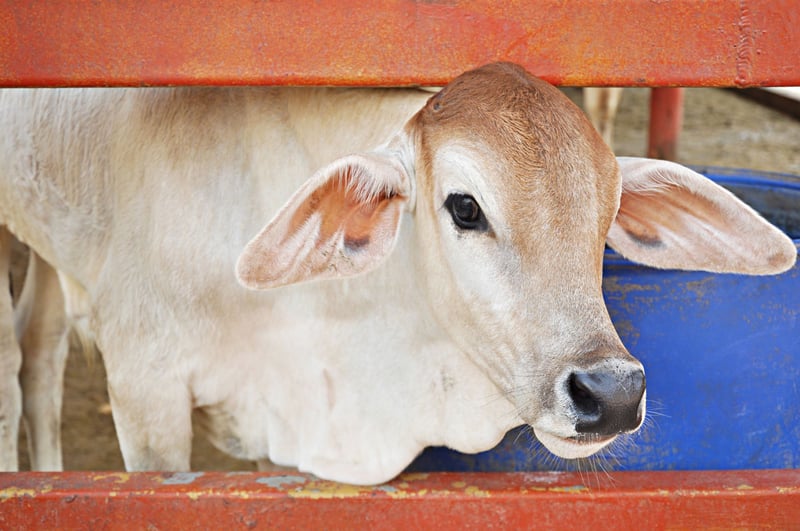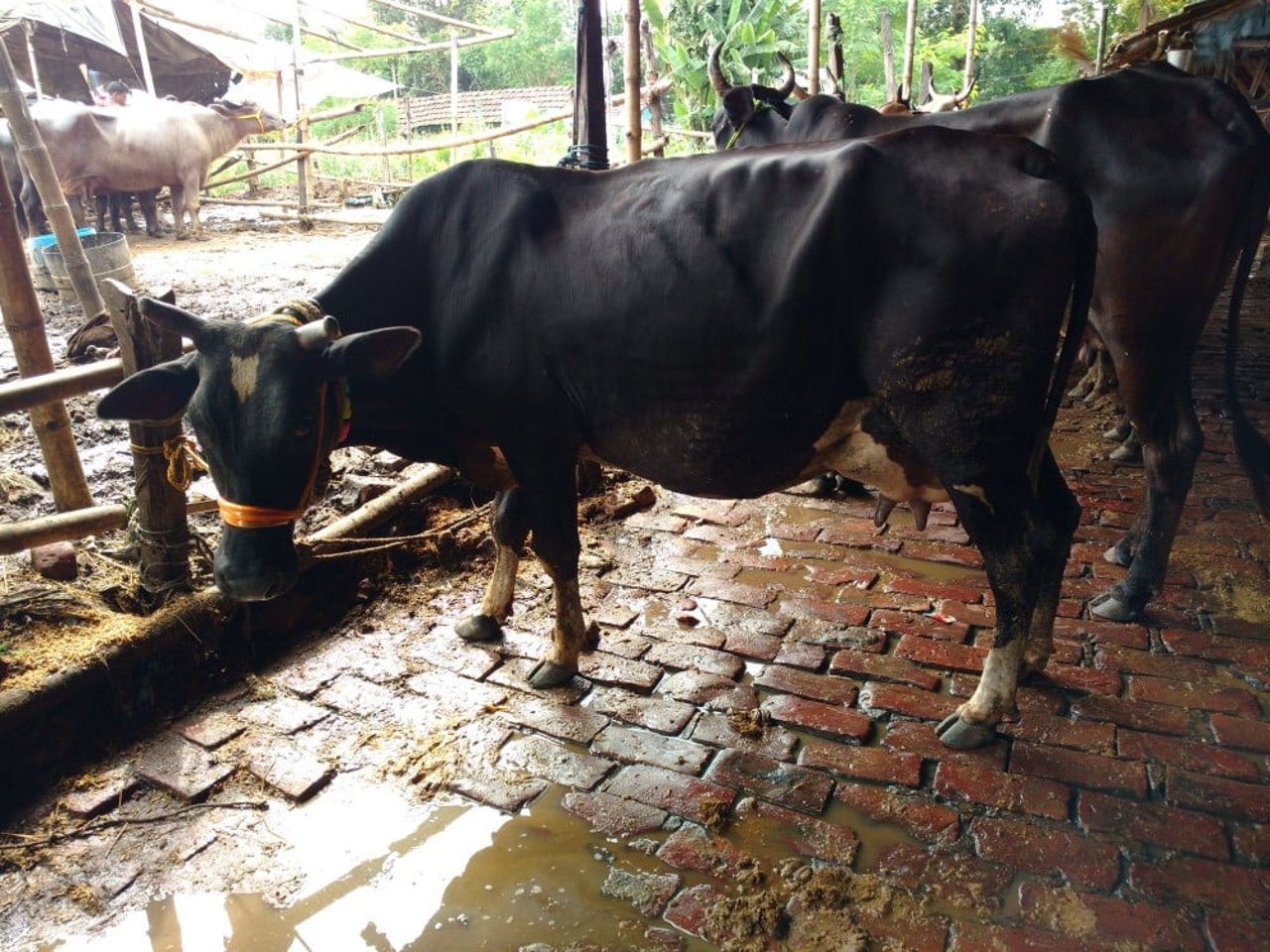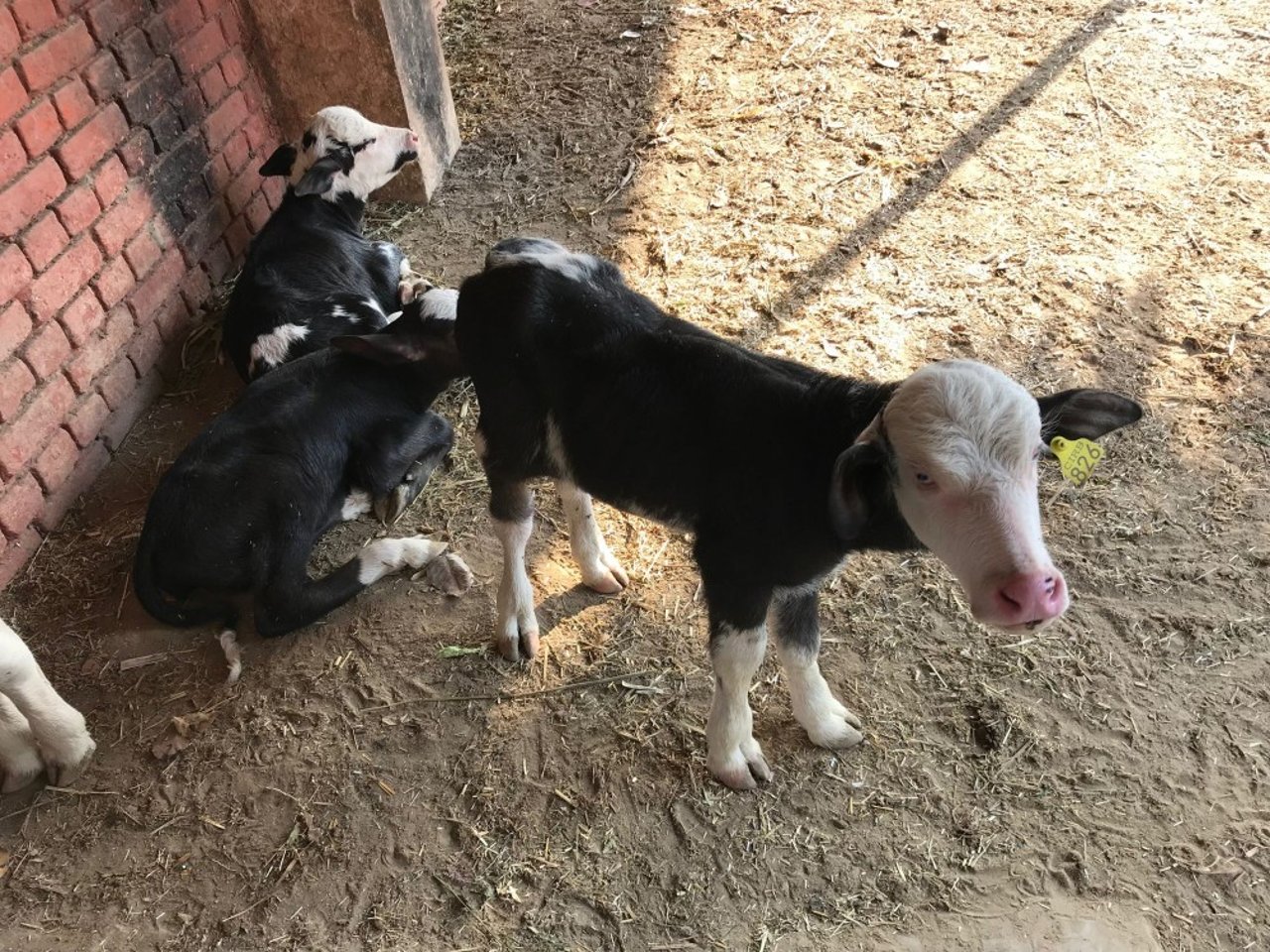
We were thrilled to see so many ice-breaking questions popping up from the attendees during our webinar. Here is the throwback.
Your inclination towards a sustainable future by investing time to know more has given us the opportunity, to act as a catalyzer, to help you in building back with better ideation towards one health.
Considering your doubts, we have collated answers to the most pressing questions which can help you read in detail.
A quick throwback at the questions from the webinar:
What is the importance of animal welfare in the dairy farm?
Ensuring adequate animal welfare has been shown to improve the health of animals, contribute to greater production and product quality making the business more sustainable and profitable. It has the potential to expand investor interest in the Indian dairy industry with a stronger future proof vision as animal welfare is an important component of international trade agreements.
Is wallowing a natural behavior of cattle? Is it a must or is it essential?
It’s a functional and social natural behavior which helps in reducing heat stress and also improves fertility but is a more essential heat reduction need of a buffalo than cattle. Cattle willfully wallow if given the opportunity but more often are seen standing in cool water when they are heat stressed.
How do we manage resources effectively during and after COVID 19 to maintain profit and animal welfare?
Optimizing care of your animals and farm inputs is key for more sustainable outputs and better health of your animals during COVID-19. Farmers will want to avoid unnecessary veterinary costs or poor health of animals and so good welfare of their animals is paramount. For example, loose housing reduces cases of lameness, mastitis, other infections, and pressure sores – antibiotic use and cost are significantly reduced. Milk production and quality are substantially improved. Labour is also reduced. This all contributes towards better resource management and maintaining a profit.
How small scale dairy farming can be sustainable?
Small scale dairy farming can be sustainable with good care of animals and the use of farm inputs. Planning, care of animals, and basic design is key. For example, land area for loose housing can be smartly designed with far greater benefits than tie housing. This enables better health of animals and milk production and quality is substantially improved. Labour is also reduced with the dry manure bedding, which also saves water and cleaning time. This all contributes towards better resource management and sustainability. We have seen many small scale dairy farms make these changes towards greater sustainability. It doesn’t have to be expensive either. Low-cost changes can be made with payback periods ranging from 1.5 to 4 to 13 months depending on the starting situation (with existing land).
What are the strategies for profitable dairying?
Every animal’s welfare should be valued in its own right and can be an asset to a family or business as animal-centered dairying is key – this means having high welfare animals, design, and management systems. Your animals are your major investment, and their welfare is key to their health, production, and profit. It’s not just about good nutrition and genetics though. Loose housing, comfortable bedding, good stockmanship, monitoring, and positive cow behaviors are key. Good cow comfort and resting can increase your milk production. Loose housing improves health, production, and a range of other benefits, and cost reductions. Good stockmanship and calm, happy cows can increase your milk production with notably increased percentages. These are not add-on things; they are fundamental to profitable dairying.
For more details, you can read here.
How can animal welfare be improved in hilly areas where land is less and animals are always tethered?
In hills, all the animals are left loose for grazing. Provide supplemental concentrated feed with care and take care of good housing facility especially in high altitude areas.
World Animal Protection doesn’t support permanent tethering of animals – there should be opportunities for at least some exercise daily outdoors. Even in very hilly areas, there should be opportunities to take animals daily to grazing or water. Sometimes they are shepherded and brought home in the evening to housing. Housed areas can be improved by dry (manure/grass) bedding and additionally supplemented grasses also, to increase fiber content as well as a careful gradual introduction (to avoid acidosis) of concentrated feeds where available. Humane halters should be used rather than nasal tethers which are irritating and painful for animals. These must still be checked daily to avoid injury. The animals still need shade, shelter, health care, ad-lib water, space, and protection. Predators can still be found in hill remote areas, sometimes attacking calves.
How can we implement welfare audits of dairy farms?
There are two ways that you can integrate to audit:
- The key inputs- Auditing to be done to check if the companies meet the 5 basic needs of animals welfare (details can be seen in National Dairy Code)
- AssureWel- They provide assessment protocol to audit the dairy cow welfare outcomes (ie. Key validated animal indicators taken from the EU Welfare Quality Porgramme). Periodically checking how the animals are doing as an ultimate check of the inputs a farmer and farm system.
Do you think India with such a large population will be more concerned about animal welfare rather than fulfilling their own increasing demands of animal produce?
If we want to meet the increasing demands then it should be done in a sustainable way otherwise it will become very difficult to meet the existing production level with ideal quality. Growing demand is good but without implementing animal welfare practices it can’t be met sustainably in the longer run.
India could already work to meet some of the increasing demand by increasing its productivity simply by improving animal welfare. It’s a key part of the solution, not an add-on. By resolving many underlying issues or poor dairy welfare – that currently restricts India’s smallholder production – productivity could be substantially improved along with other benefits such as reduced antibiotic use, risk of antimicrobial resistance, and other public health issues. It also leads to improved milk quality, safety, and consumer confidence.
How to convince farmers to consider animal welfare practices over long term profits since increased space comes with a price?
As per a study done in Punjab, if you invest ₹ 1 in welfare, there will be a return of ₹ 1.25 as it is also scientifically proven that improved welfare of animals is accompanied by improved productivity, profitability, and sustainability.
Similarly, almost 700 smallholders (most in Maharasthra) that converted to loose housing on their existing land did so with a payback period of as little as 1.5 to 4 months and some with more substantial cost inputs; 13 months. All were realizing profits within 13 months, many much sooner with many converting with low-cost approaches and profiting within a few months.
How do we sustainably translate these welfare standards into economic gains for producers and larger consumers?
The government needs to enforce some laws for minimum welfare requirements as any investment into welfare at a larger scale would lead to higher economic benefit for all. If high producing crossbred cows are not provided with good housing (loose housing), feed, water and faces heat stress then they become infertile and are no more useful to farmers leading to issues of stray animals. So, welfare is something that is beneficial not just for the animal but for the farmer as well as the consumer.
How many companies registered in BBFAW and is Nestle a part of it?
Currently, 150 companies are assessed by BBFAW and Nestle is in Tier 2 indicating that the company is demonstrating that animal welfare is integral to business strategy.
BBFAW 2019 is here.
Hope our webinar helped you to some extent. If you have missed it, you can watch the recording below.
For any more questions, feel free to write to us at:
Good stockmanship and calm, happy cows can increase your milk production with notably increased percentages. These are not add-on things; they are fundamental to profitable dairying.

